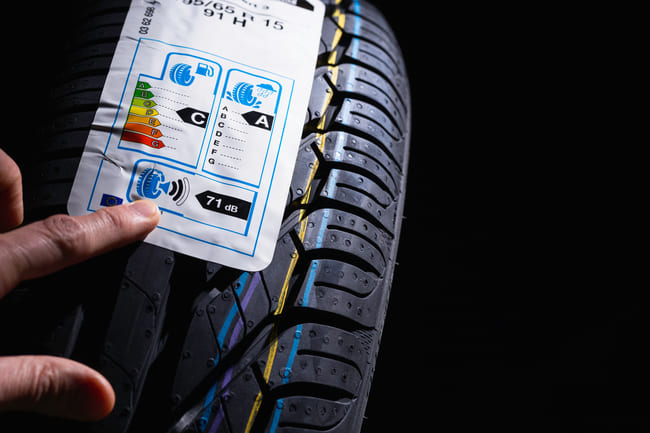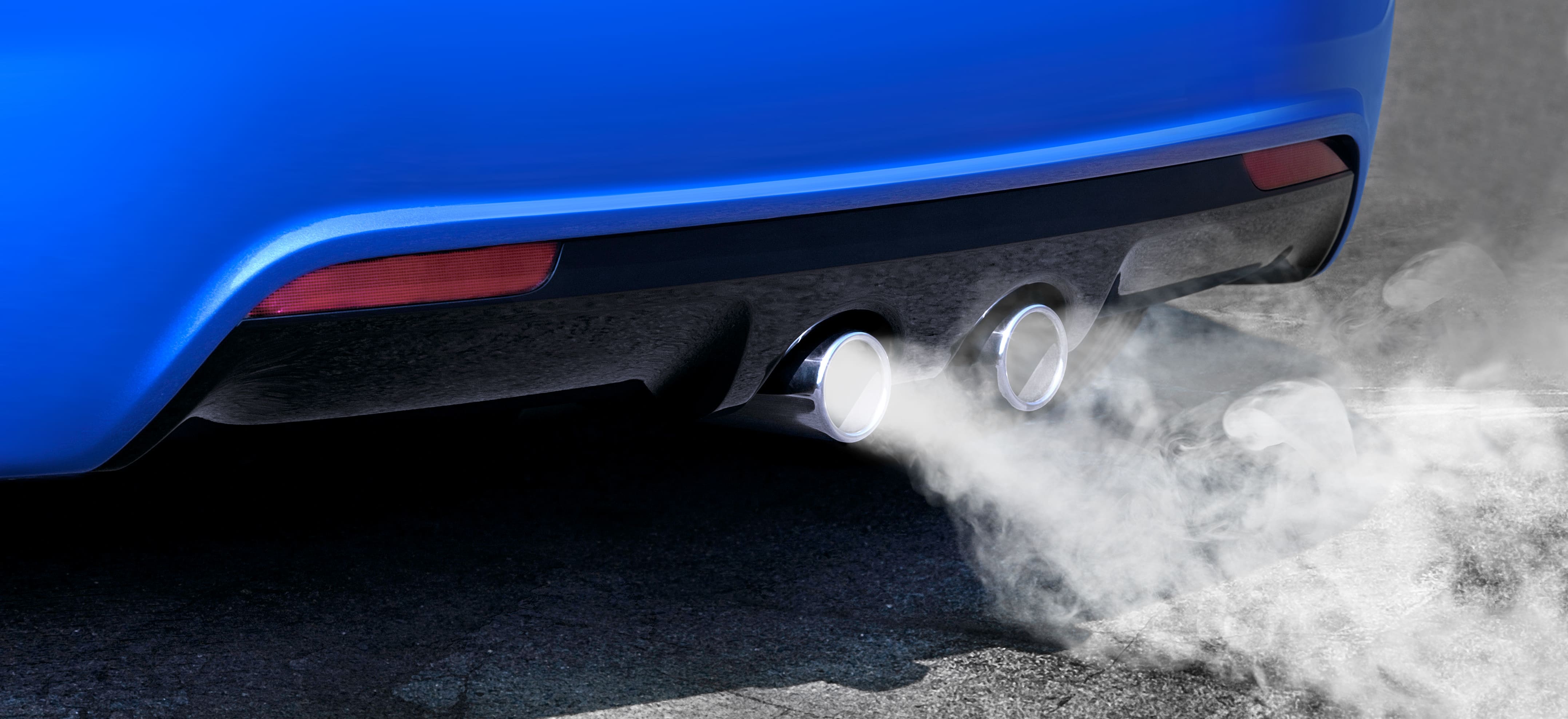
What is tyre rolling resistance?
The rolling resistance of your vehicle's tyres plays a significant role in determining its fuel efficiency. Tyres with lower rolling resistance require less energy to move on the road. So, keeping a check on rolling resistance can help you make informed decisions when selecting tyres for your car. It is always better to prioritise fuel-efficient options to save on your fuel bills.
What is rolling resistance in a car?
Simply put, tyre rolling resistance means how hard it is for a tyre to roll on the road. If you want to move forward, you have to overcome resistance. This is also true of car tyres including summer tyres. When a rubber tyre starts to move, the carcass deforms and relaxes. The tread and sidewall are bent, compressed and subjected to shear stress. Depending on the tyre's compound and tread design, this consumes more or less energy, most of which is lost as heat in the tyre.
The force required for the rolling motion is called rolling resistance. It is directly dependent on the wheel load. The higher the wheel load, the higher the rolling resistance force. The measure of rolling resistance is the rolling resistance coefficient, which relates the rolling force to the wheel load and is usually expressed as a percentage.
Car tyre resistance rating in the UK
In both the UK and the entire EU, tyre rolling resistance ratings are usually graded from A to G. A represents the most fuel-efficient tyre, while G is the least fuel-efficient. This rating system offers consumers valuable information about a tyre's energy efficiency, particularly in terms of its ability to reduce fuel consumption by minimizing rolling resistance.

Tyres with a higher rolling resistance rating (such as A or B) generally require less energy to roll, resulting in improved fuel efficiency and lower emissions. Conversely, tyres with a lower rating (such as G) may have higher rolling resistance, resulting in higher fuel consumption and emissions.
The UK government encourages the use of low rolling resistance tyres through initiatives such as the Energy Saving Trust, which promotes sustainable transport solutions to reduce greenhouse gas emissions.
Buying car tyres online
When you buy car tyres online it's important to consider some factors to make sure you get the right tyres for your car and driving requirements. Firstly, check the tyre size, load index, and speed rating, which should match your vehicle manufacturer's recommendations. Then, you should think about your driving style and the conditions you usually face. If you're worried about fuel efficiency, look for tyres with a higher rolling resistance rating (such as A or B) to get the most out of your fuel savings and lessen emissions.
You should also consider the tread pattern and grip levels to ensure optimum traction and handling, especially in wet or slippery conditions. Reading customer reviews and ratings can also provide valuable insight into the performance, durability and overall satisfaction with specific tyre models such as Nexen tyres. Finally, consider the warranty and return policy offered by the retailer to ensure peace of mind and protection in the event of any problems or concerns with your purchase.
TOP products on the subject:








